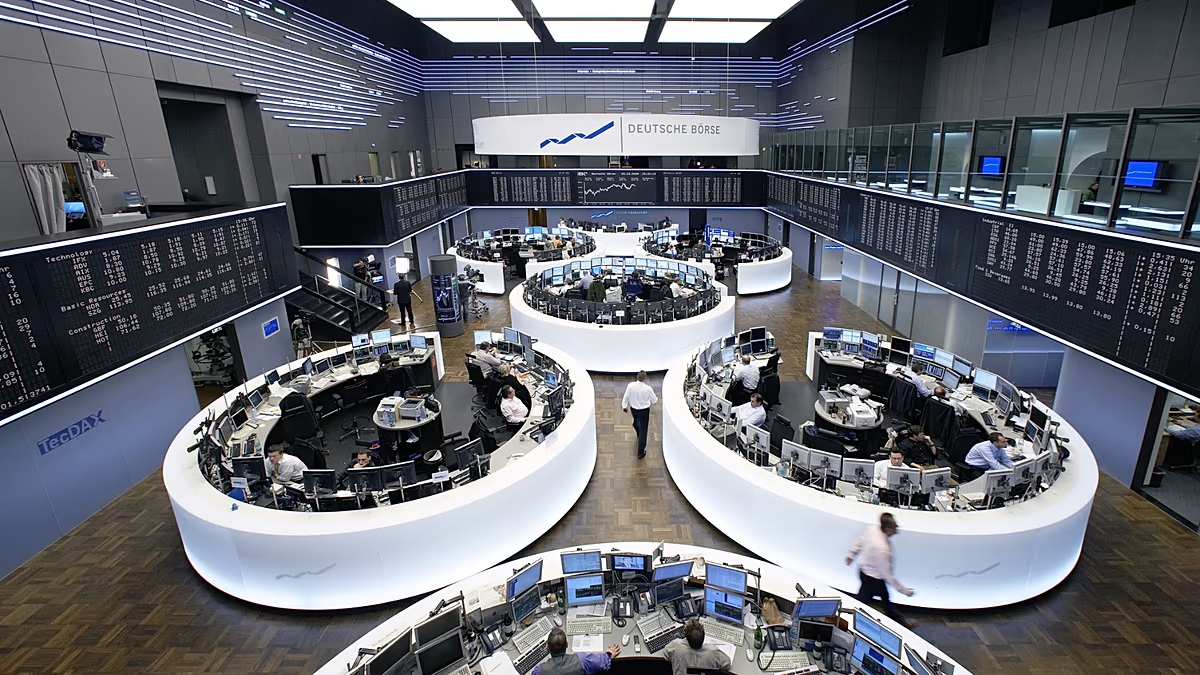Dow posts record high; Nasdaq drops amid tech worries

Nov. 11 (UPI) — The Dow Jones Industrial Average posted a record high upon closing on Tuesday, while the Nasdaq Composite finished down as investors generally sold their tech holdings.
The Dow is comprised of 30 blue-chip stocks and closed at a record 47,927.96 after posting a 559.33-point rise during the day’s trading amid news that the federal government shutdown likely will end soon, according to CNBC.
The increase represented a 1.18% gain as investors, buoyed by news the shutdown is on track to end, bought shares in leading healthcare companies, including Merck, Amgen and Johnson & Johnson.
A general selloff of tech stocks accounted for the Nasdaq’s relatively poor performance on Tuesday and likely contributed to the Dow’s record close as investors switched to other investments.
“These tech companies, they’re cash-flow machines,” Logan Capital Management portfolio manager Bill Fitzpatrick told CNBC.
“It doesn’t take much, a little bit of negative news, for the sentiment to turn just a little bit, and you get an unwind that is more favorable to value equities,” Fitzpatrick explained.
The S&P 500 also posted a gain of 0.21% as it closed at 6,846.61. The tech-heavy Nasdaq, however, posted a 0.25% decrease to 23,468.30 by the end of the day’s trading.
Shares in Nvidia, the powerhouse maker of AI processing hardware, dropped by 2.96% as investor SoftBank Group sold all of its holdings in the chipmaker on Tuesday.
Nvidia’s share price closed at 193.16, which is a decrease of 5.89.
CoreWeave also adjusted down its revenue forecast for the year, which triggered a 15% decline in its share price.
The tech firm that specializes in artificial intelligence infrastructure cited delays by a data center affiliate as the cause of its lower revenue forecast.

